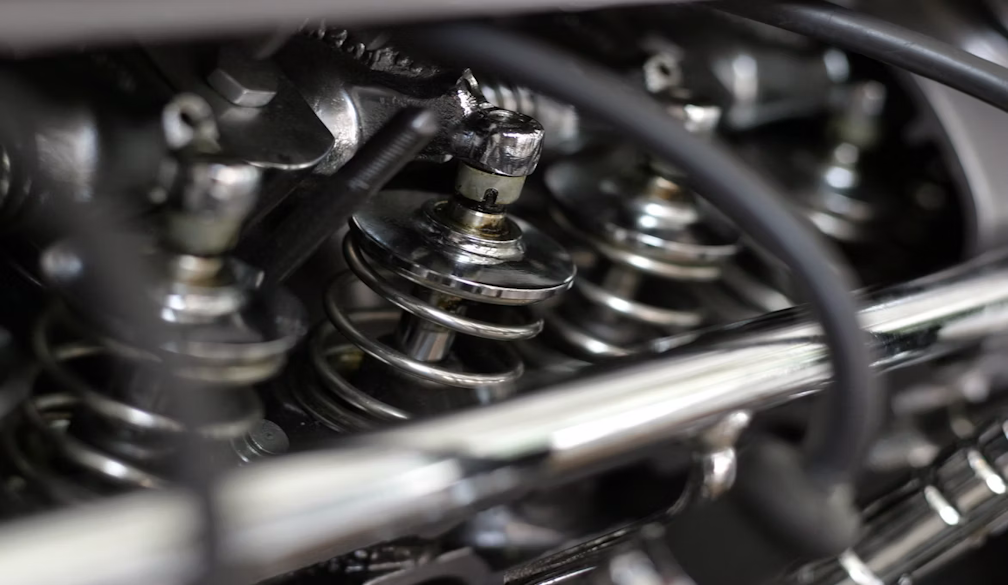Understanding Garage Door Torsion Springs: Key to Smooth Operation

Garage doors are an essential part of many homes, offering security and convenience. One of the crucial components that keep your garage door functioning smoothly and safely is the garage door torsion springs. These springs play a vital role in counterbalancing the weight of the door, making it easier to open and close either manually or with an automatic opener. Understanding how these springs work, their lifespan, and when to replace them can save you from unexpected breakdowns and costly repairs.
What Are Garage Door Torsion Springs?
Garage door torsion springs are tightly wound coils usually mounted above the garage door. Unlike extension springs, which stretch and retract, torsion springs store energy by twisting. When the garage door is closed, the torsion springs are wound tightly, and as the door opens, the springs unwind, helping to lift the door by balancing its weight.
This system reduces the amount of force needed to open or close the door, protecting the opener motor and making manual operation manageable. Because garage doors can weigh hundreds of pounds, these springs are critical for safe and effective functioning.
How Do Garage Door Torsion Springs Work?
When you operate your garage door, whether by remote or manual handle, the garage door torsion springs are working behind the scenes to absorb and release energy. The springs are anchored firmly to a metal shaft, which rotates as the door moves.
When the door is lowered, the springs twist tighter, storing potential energy. As you lift the door, the stored energy is released, helping to carry the door’s weight upward. This counterbalance action prevents the door from slamming shut or being too heavy to lift, ensuring smooth and controlled movement.
Signs Your Garage Door Torsion Springs Need Attention
Because these springs are under extreme tension, they can wear out over time, leading to several common problems. One clear sign is if the garage door suddenly becomes very heavy to lift manually or if the automatic opener struggles or makes unusual noises.
You might notice a loud bang from the garage, which often indicates a broken spring. Visible gaps in the coils or uneven door movement are also warning signs. Ignoring these issues can lead to further damage to the door, opener, or even cause injury.
Lifespan and Replacement of Garage Door Torsion Springs
Typically, garage door torsion springs are rated for a certain number of cycles, with one cycle meaning one full opening and closing of the door. Most springs last between 10,000 to 20,000 cycles, depending on quality and usage frequency. This generally translates to about 7 to 10 years for average residential use.
However, extreme weather conditions, improper maintenance, or heavy door use can shorten their lifespan. When a spring breaks, it’s important to replace both springs simultaneously, even if one is still intact. This balances the door and avoids uneven wear.
Safety Considerations When Handling Torsion Springs
Due to the high tension in garage door torsion springs, handling them without professional knowledge is risky. Attempting to repair or replace these springs yourself can result in serious injury. It’s strongly recommended to hire experienced technicians for inspection, maintenance, or replacement.
Professional installers have the right tools and safety equipment to manage the tension safely and ensure the springs are adjusted correctly for your specific door weight and size.
Maintenance Tips to Extend the Life of Torsion Springs
To keep your garage door torsion springs in good condition, regular maintenance is key. Lubricating the springs with a light oil or spray designed for garage doors can reduce friction and wear. Avoid heavy grease, which can attract dirt and cause buildup.
It’s also important to keep the tracks, rollers, and other hardware clean and free from debris. Regularly check for any signs of rust or damage and schedule professional inspections, especially if you notice unusual noises or difficulty operating the door.
Benefits of High-Quality Garage Door Torsion Springs
Investing in quality garage door torsion springs ensures better performance and longer lifespan. High-grade springs resist corrosion and handle more cycles, reducing the frequency of replacements and repairs.
Pairing durable springs with professional installation not only improves safety but also contributes to smoother, quieter door operation. This protects your garage door system and adds convenience to your daily routine.
Conclusion: Why Garage Door Torsion Springs Matter
The functionality and safety of your garage door heavily rely on the proper working of garage door torsion springs. These springs balance the heavy door, making it easy to open and close while reducing wear on the motor and hardware. Recognizing signs of wear and scheduling timely maintenance or replacement can save you from costly breakdowns and dangerous accidents.
Always trust qualified professionals to handle torsion springs due to the risks involved. By investing in high-quality springs and regular care, you ensure your garage door operates smoothly for years, providing reliable security and convenience for your home.
If you experience issues with your garage door or suspect spring problems, contact an experienced technician promptly. Proper attention to your garage door torsion springs keeps your home safe and your door working perfectly every day.









